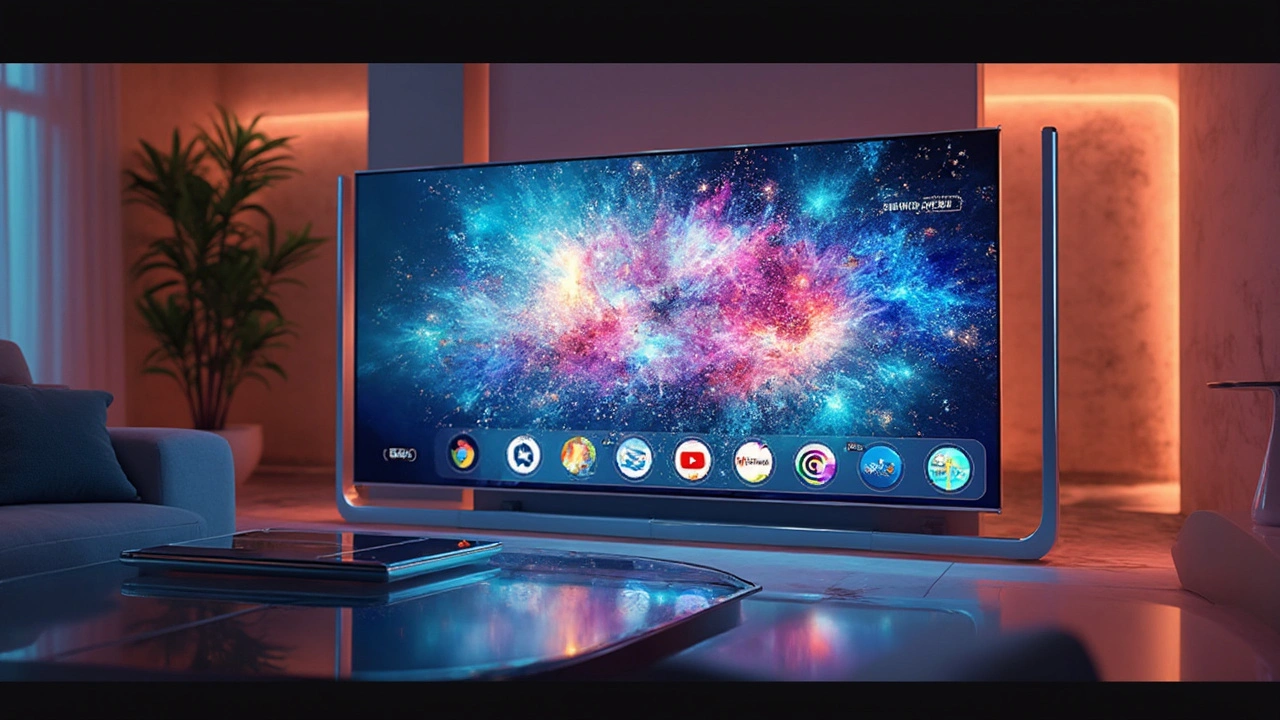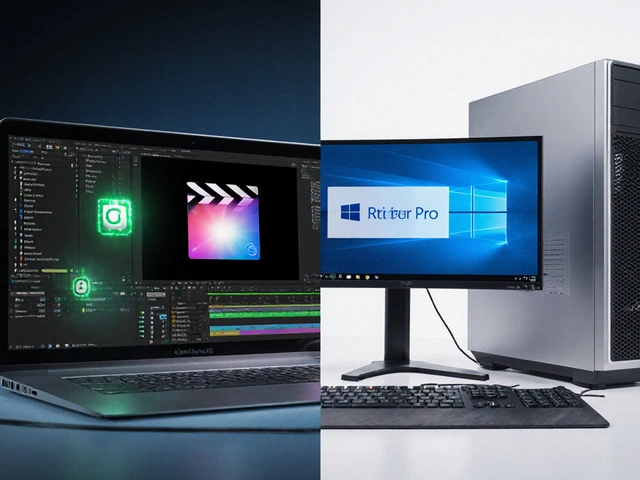Digital Broadcasting: The Modern Way to Share Video
Digital broadcasting has changed how we watch videos and get media content. Instead of old analog signals, digital broadcasting sends video and audio as data, which means clearer pictures and better sound. What does this mean for you? It makes streaming smoother and opens up new ways for creators to reach you with sharp, detailed content on phones, TVs, and computers.
Wonder how this technology really works? When you tune in to a digital broadcast, your device receives signals packed with compressed data. This compression cuts down on bandwidth, so more channels or higher-quality video fit into the same space. That’s why shows look better and load faster compared to the analog days.
Why Digital Broadcasting Matters for Content Creators and Viewers
If you’re making videos or planning to share your work, understanding digital broadcasting can boost your impact. It supports advanced formats like HD and 4K, so your videos can look crisp and professional. Also, it often integrates seamlessly with internet streaming, letting you reach wider audiences without extra hassle.
For viewers, digital broadcasting means fewer interruptions and more choices. You get clearer signals, options like subtitles or multiple audio tracks, and interactive features on some platforms. Plus, because of efficient delivery, you might notice less buffering and quicker access to your favorite programs or live events.
How to Get the Most Out of Digital Broadcasting Today
To enjoy digital broadcasting fully, start with the right gear. Modern TVs and streaming devices are built to handle digital signals and connect easily to the internet. If you’re relying on antenna reception, make sure your antenna supports digital signals; old analog antennas won’t cut it. On the content side, if you create videos, focus on quality and formats compatible across devices to make your work shine in today’s digital broadcast landscape.
Digital broadcasting keeps evolving with faster internet and smarter codecs. Staying updated means better streaming experiences and new ways to connect your videos with viewers. Whether you’re watching or creating, digital broadcasting is at the heart of modern video – clear, fast, and ready for what’s next.
21
Understanding MHEG-5: Interactive TV's Quiet Powerhouse
MHEG-5 might sound like a code from a spy movie, but it's a key piece in the world of interactive television. This standard helps your digital TV experience look and feel interactive without needing extra hardware. From how your on-screen menus work to making interactive applications possible, MHEG-5 is silently shaping your TV watching. This article dives into what MHEG-5 is, how it works, and why it’s still so relevant today.
Latest Posts
Popular Posts
-
 How to Reduce Netflix Data Usage Without Losing Video Quality
How to Reduce Netflix Data Usage Without Losing Video Quality
-
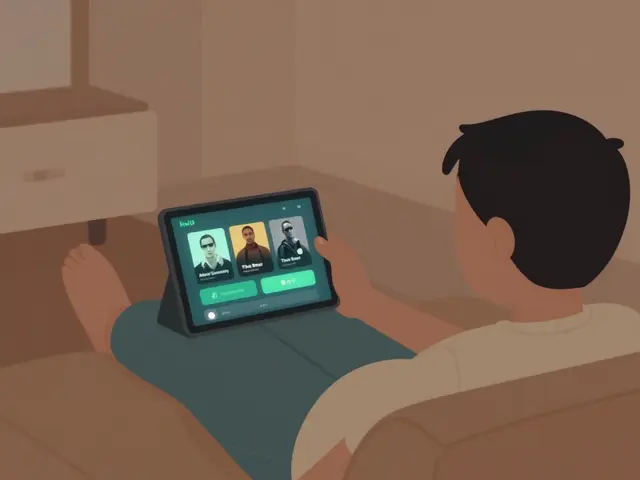 Hulu Review: Complete Overview of the Streaming Service in 2026
Hulu Review: Complete Overview of the Streaming Service in 2026
-
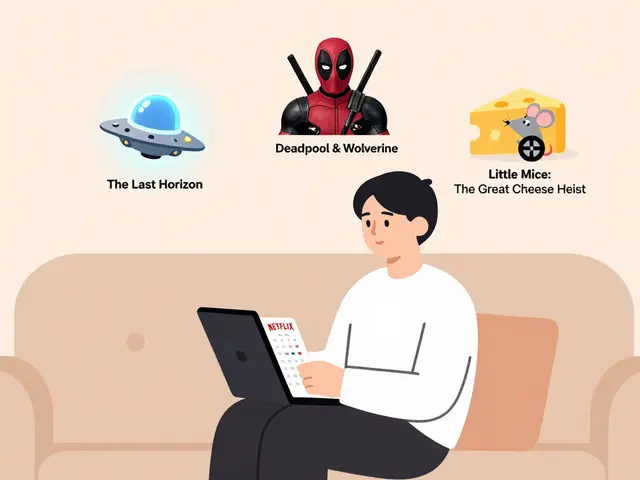 New on Netflix Calendar: Monthly Schedule of Movies and Shows
New on Netflix Calendar: Monthly Schedule of Movies and Shows
-
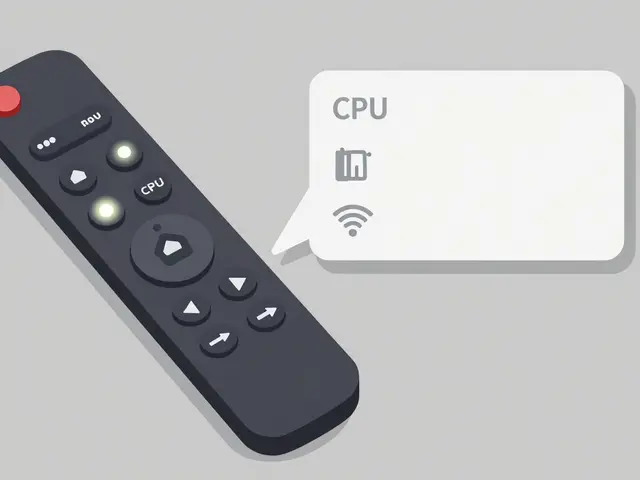 Roku Tips and Tricks: Secret Menus and Advanced Settings You Didn't Know Existed
Roku Tips and Tricks: Secret Menus and Advanced Settings You Didn't Know Existed
-
 Roger Ebert’s Star System: How Film Criticism Scoring Changed Movie Watching
Roger Ebert’s Star System: How Film Criticism Scoring Changed Movie Watching
